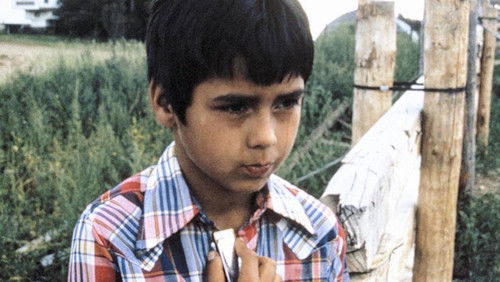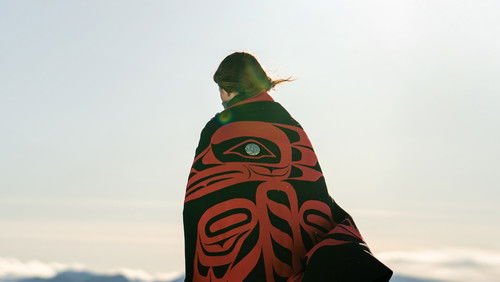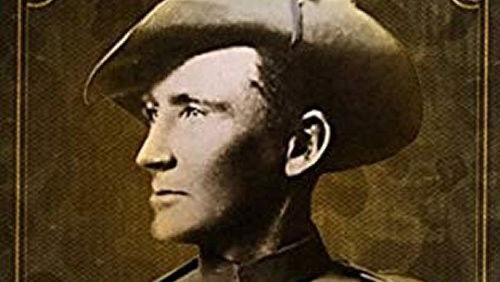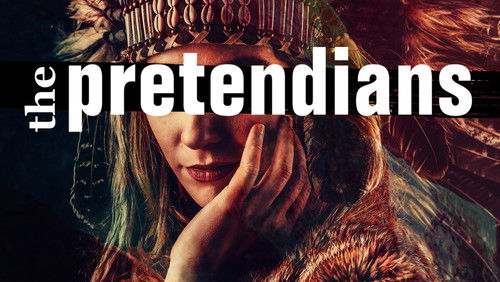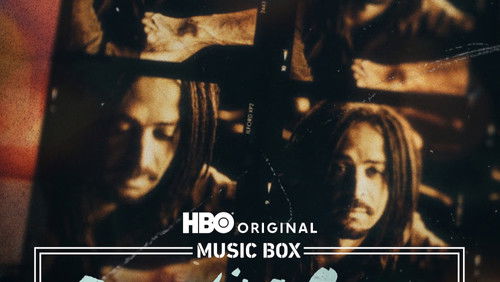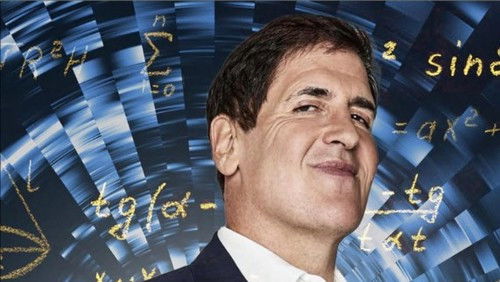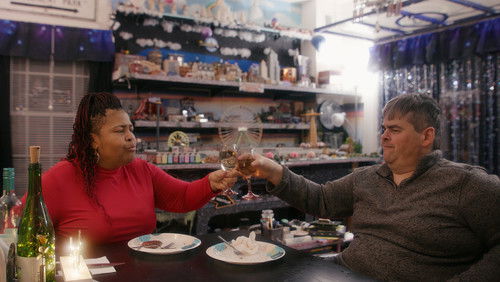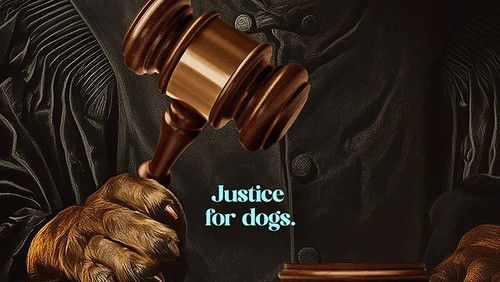Lincoln@Gettysburg (TV Movie 2013)
60KLincoln@Gettysburg: Directed by William Kerr, Peter Schnall. With Anthony Aroya, Robert Broski, David Corradetti, Slade Demarco. An examination of how President Abraham Lincoln used contemporary telecommunications to his maximum advantage in the American Civil War.
“Everett Horton spoke before the president at the dedication of Gettysburg National Cemetery. Horton spoke for two hours, describing the battle and praising the union. The Gettysburg address that most of us are familiar with is 272 word long. (There are several versions.) It only took a few minutes for the president to read it. And in the speech, Lincolnu0026#39;s carefully crafted words make clear exactly what was at stake in the Civil War.u003cbr/u003eu003cbr/u003eBut you have to dig a little to clarify the message. The speech begins with u0026quot;Four score and seven years ago . . .u0026quot; Well, that doesnu0026#39;t take the audience back to 1780, when the Constitution was written. It takes them back to 1776 and the Declaration of Independence. And why does it make a difference? Because the Civil War, cloaked as it was in statesu0026#39; rights, was all about slavery. The Constitution was a compromise between the north and the slave-owning south, and slavery is never mentioned. But the second paragraph of the Declaration of Independence begins with the phrase u0026quot;We take these truths to be self evident; that all men are created equal.u0026quot; u003cbr/u003eu003cbr/u003eThe program briefly covers a number of elements of Lincolnu0026#39;s presidency, ably assisted by David Strathairnu0026#39;s narration and the contribution of several expert talking heads ranging from Colin Powell to Michael Shaara, author of u0026quot;Killer Angels.u0026quot; In a way, this exceptional program is as much about the process of communication in all its forms as it is about the climactic moment at the Gettysburg dedication. Technologically, Lincoln used the telegraph to communicate with his generals, which speeded things up, including arguments. And Hortonu0026#39;s two-hour prologue was the performance expected of an orator before the age of mass media. There were no blogs, except that newspapers served as sources of opinions. The brevity of Lincolnu0026#39;s statement was startling.u003cbr/u003eu003cbr/u003eBreezing through the presidentu0026#39;s address, a reader might at first see little but airy platitudes about liberty and whatnot. But imagine how precisely these generalizations applied to the entire country. Lincoln didnu0026#39;t condemn the Confederacy. He painted the Civil War as a trial to see whether a nation built on American values and charter documents could ever succeed — not just here but anywhere on earth. There is nothing about the battle itself, no mention of u0026quot;gloryu0026quot; or u0026quot;victory,u0026quot; or even u0026quot;slavery.u0026quot; u0026quot;A new birth of freedomu0026quot; takes care of slavery, but again a little decoding is in order.u003cbr/u003eu003cbr/u003eIn the end itu0026#39;s not only a powerful political and ethical statement but a magnificently designed piece of literature, full of effective rhetorical flourishes. And — can you imagine any modern president writing such a document today — on his own? u003cbr/u003eu003cbr/u003eIt must also have been a grueling experience for everyone involved. The battle at Gettysburg had not been fought that long ago and the scent of cadaverine was still in the air.u003cbr/u003eu003cbr/u003eItu0026#39;s a fine program, and anyone interested in knowing more about it might consider reading Garry Willsu0026#39; u0026quot;Lincoln at Gettysburg: The Words That Remade America.u0026quot; Willu0026#39;s compares the speech to Periclesu0026#39; eulogy and the book won a Pulitzer Prize.”
